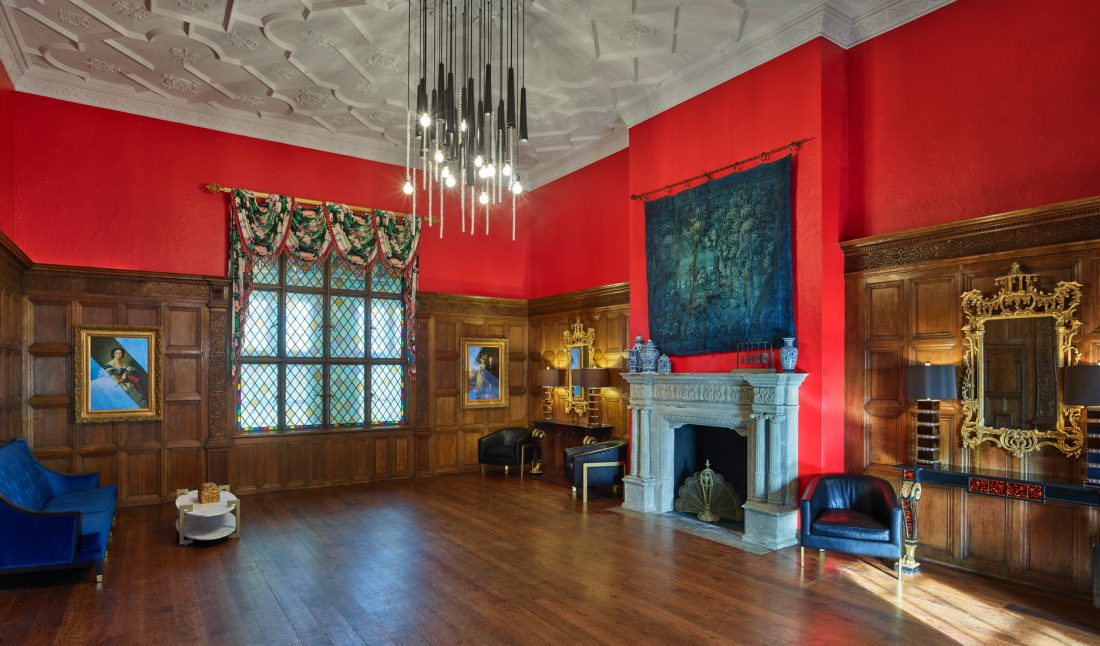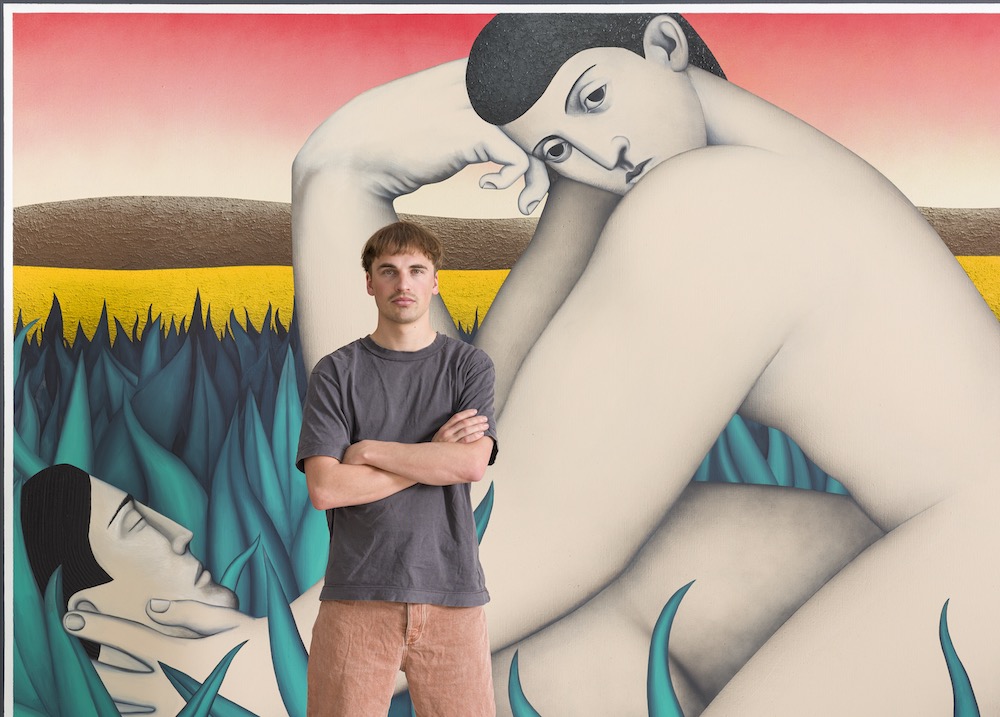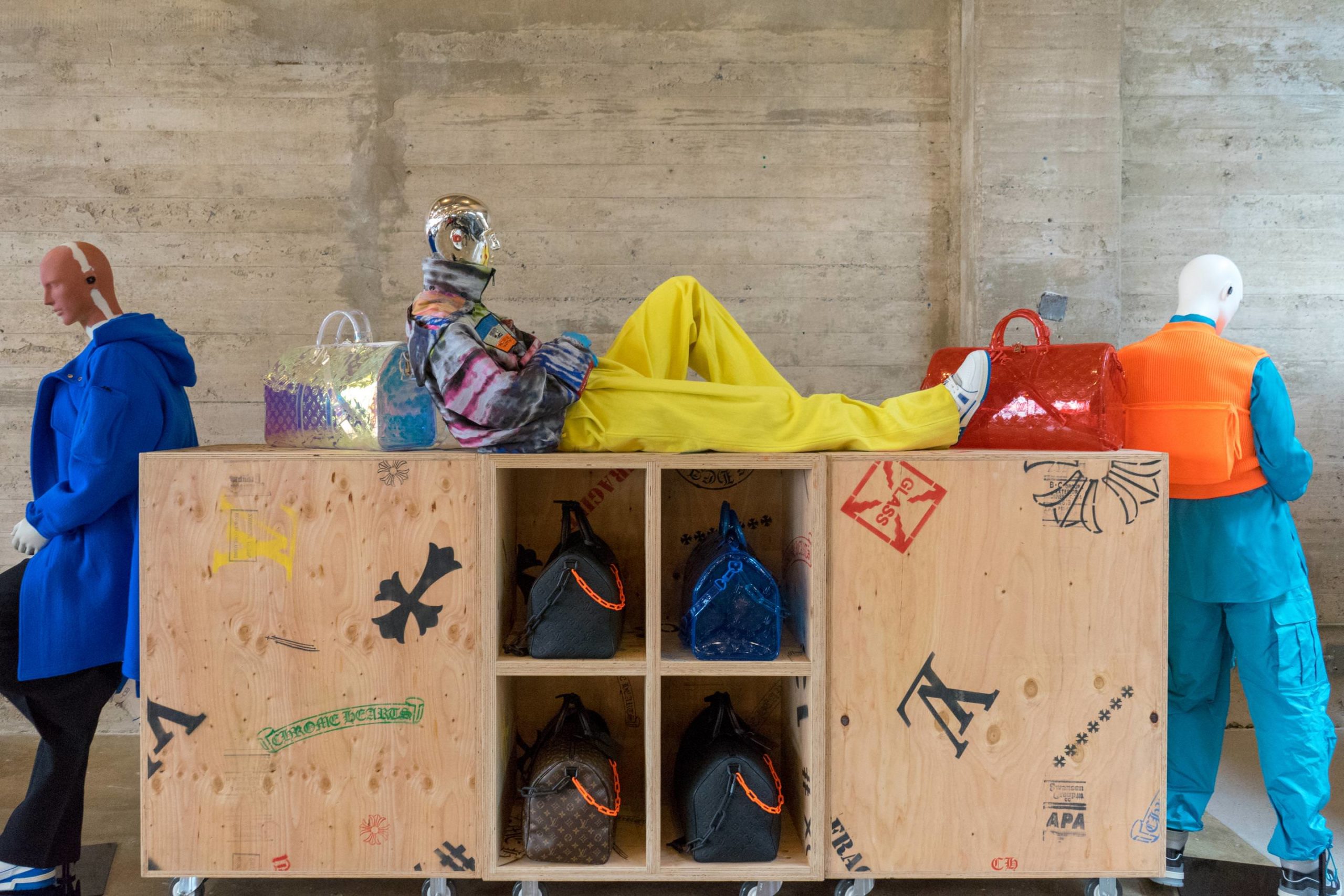On a recent trip to Dallas, we stopped by Le Méridien Dallas, The Stoneleigh,—one of our Whitewaller Dallas 2019 hotel picks—to check out its design-forward details. Stemming from serious historical significance dating back to 1923, the building has since grown to include 176 guest rooms that have welcomed special guests like Elvis Presley, Yoko Ono, Audrey Herpburn, and Frank Lloyd Wright. While all rooms are updated with a fresh look, tech-forward features, and relaxing amenities, there are a few hidden gems filled with visual history, including eight striking spaces on the penthouse.
To learn more about the property’s history and design elements, Whitewall spoke with its general manager, Ginger Martin, and Studio 11 Design about its makeover.
WW: Can you tell us a bit about the history of the building, constructed in 1923 and renovated within the past few years. What are the biggest changes?
GINGER MARTIN: The Stoneleigh is the grande dame hotel of Dallas with a rich history that is 96 years young. The hotel was originally designed by F.J. Woerner in the Beaux Arts style and marked the beginning of modern luxury hi-rise living in the city. It was eleven stories tall, the tallest hotel west of the Mississippi for its time, and the first to have air conditioning.
Throughout the century, The Stoneleigh has gone though many renovations to maintain its excellence and modern comfort while still embracing its past. In the last five years, Studio 11 Design has completely refurnished all of the 176 guest rooms including the penthouse suites, as well as the first floor’s lobby, bar, and lounge areas. A gorgeous outdoor pool, courtyard, and four deluxe cabanas have been installed, as well as a new restaurant, Perle on Maple.
WW: Tell us a bit about the local artist, Jeffrey Noble, that you worked with for the lobby artwork.
GM: Jeffrey Noble is a Dallas-based artist who creates intense, large-scale abstract paintings using multiple layers of traditional oils and acrylic paints. He is a visual artist for Hollywood films, television and stage, and many of his pieces are made from leftover movie production flats and materials that would have otherwise been thrown away.
WW: Can you tell us a bit about the guests that once stayed here, and how the design was then compared to now?
GM: The Stoneleigh’s long list of notable guests have been such luminaries as Audrey Hepburn, Elvis Presley, Frank Lloyd Wright, Lauren Bacall, Jack Benny, Judy Garland, Bob Hope, The Metropolitan Opera Company, Carol Burnett, Carol Channing, Tom Cruise, Robert Duvall, Darrell Royal, Paul Simon, LeAnn Rimes and Oliver Stone.
Many of our VIP guests stayed on the 11th and 12th penthouse floors, which remain very similar to how they looked when they were first created in 1934 by Col. Harry E. Stewart, a guest of the hotel who was so taken by the hotel that he purchased it. He added a twelfth floor and converted the eleventh floor to become his livable penthouse.
Adorned with marble floors, 500-year-old imported English Oak paneling from the London’s Charterhouse School, ornamental plaster ceilings, and ornate tile work which was purchased from infamous media businessman William Randolph Hearst. Internationally renowned interior designer Dorothy Draper decorated it. She was known for her anti-minimalist and use of bright, exuberant colors and large prints incorporated into black and white tiles, rococo scrollwork, and baroque plasterwork. It was the perfect way to showcase Stewart’s collection of fine art and antiques, and served as “The Place” for the glitterati of the day to rendezvous.
Hard Rock Cafe mogul, Isaac Tigrett (a two-year guest in the ‘80s), invited Yoko Ono and Dan Aykroyd over. By the end of the night, the manager at the time found a mural painted in the master bath, and unfortunately, ordered for it to be painted white.
WW: Tell us a bit about the design elements that were used to reflect or reinstate the historic significance of the hotel when redesigning.
GM: Today, the penthouse features eight rooms, including the Grand Salon, Historic Gallery Hall, Library Bar, Music Room, Drawing Room, Dining Room, Dorothy Draper Suite and Presidential Suite.
Music room: Musicians would perform on the balcony overlooking the guests, and the overlooking stage is still there but not in use today. An attached oval dining area was designed to look like a Faberge egg. This room also has three secret doors thought to be a discreet escape route for late-night poker games. One door is also rumored to be a passage for the owner’s mistress to privately visit. Supposedly, she fell to her death and her ghost continues to linger here today.
The hallway still has its original wood floors. The successor of Draper Interior Design, Carleton Varney, did a facelift of the penthouse and found the 18th century mirrors by accident covered with white paint.
The black and white floral wallpaper lining the elevator foyer is intentionally hung upside down, a design trademark of Dorothy Draper.
WW: Can you tell us a bit about the restaurant, Perle on Maple, led by Chef WadeBurch?
GM: Perle on Maple offers French-inspired dishes with a Texas twist. (“Perle” is the French spelling of pearl, a metaphor for something exceptional, fine, admirable and valuable, much like The Stoneleigh itself and its new restaurant.)
Executive Chef Wade Burch, himself a proud Texan, brings a cultivated palate from his training at the School for American Chefs at Beringer Vineyards and Windows on the World Wine School, as well as numerous culinary positions at such prestigious locations as The Plaza Hotel in New York, The Pan Pacific Hotel in San Francisco and The Hotel Crescent Court in Dallas, among others. A celebrity in his own right, he also appeared on Food Network’s Chopped, winning his way into the finals of Chopped Champions. Chef Wade was named one of the “Top 10 Chefs of the Year” in the 2019 CultureMap Tastemaker Awards.
WW: Studio 11 Design, can you tell us a bit about the history of the building that impacted some of you preservation and design choices?
STUDIO 11 DESIGN: The hotel opened in 1923 as The Stoneleigh Court Hotel and was a first of its kind building in Dallas. Not only was it an intriguing time period for the city, but it marked the beginning of modern, luxury high‐rise living in Dallas.
In 1934 through 1943, a guest, Col. Harry E. Stewart, fell in love with the hotel so much that he purchased it and made it his home. It was at this point that the property was expanded and renovated—and most notably, the first penthouse in Texas was created and designed by Dorothy Draper. At that time, the 7,200-square-foot penthouse included a 12th-floor terrace, 500-year-old English Oak paneling imported from London’s Charterhouse School by William Randolph Hearst, ornate tile, marble floors, and a gallery of fine art. Many of these original and iconic design elements were preserved. New carpet, draperies, and smaller decor touches have been added to showcase and emphasize the beauty of the original design.
WW: On the top floors, we noticed some design elements that were used to reflect or reinstate the historic significance of the hotel. Can you tell us a bit about this?
S11D: Studio 11 Design took a careful approach in replicating Draper’s “modern baroque” style with new carpet, draperies, lighting fixtures, art and accessories to enhance some of the penthouse’s original jewels: the 500-year-old wood paneling, gold-plated mirrors from the 18th century, ornate plaster ceilings, marble floors and more. At Perle on Maple, the designers styled the restaurant in a mid-century take on modern baroque—echoing the romance and extravagance of years gone by. French navy banquettes, gold leaf and blackened steel accents, and a signature white brick wall define the interior. A glass art installation, inspired by The Maison de Verre built by Peirre Charneau in the 1930s, serves as the gateway to enter the restaurant.











